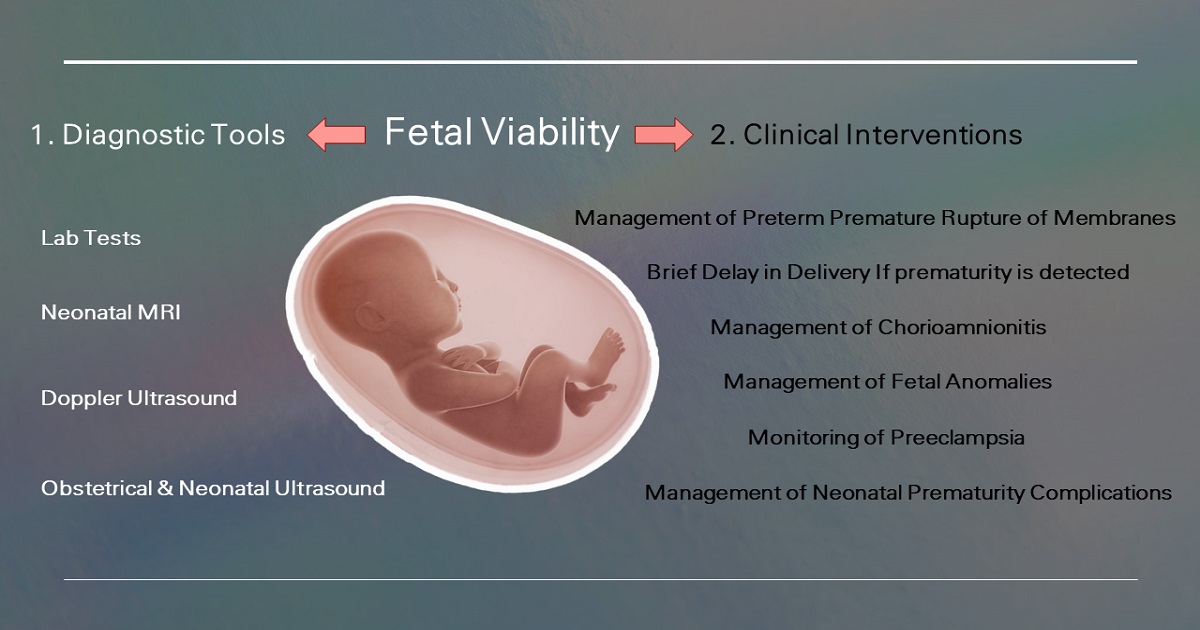Obstetric Factors and Neonatal Outcomes: The Limit of Viability
A special issue of Children (ISSN 2227-9067).
Deadline for manuscript submissions: 1 May 2026 | Viewed by 2103

Special Issue Editors
Interests: obstetrics and gynecology; preeclampsia; intrauterine growth restriction
Special Issue Information
Dear Colleagues,
The most accepted definition of fetal viability is based on the gestational age and/or birth weight of a human fetus that is capable of surviving outside the uterus. The World Health Organization sets the viability at 22 weeks of gestation, or 500 g birth weight, or 25 cm of birth length. The variability between individuals has an important role. The inclusion of maternal risk factors, fetal anomalies, and emerging technologies, such as assisted reproduction techniques and preimplantation genetic testing, reflects current trends in practice and research. However, we need to focus on a clear central theme, such as improving outcomes in high-risk pregnancies. The fetal survival depends on the development of their organs. Improving the diagnostic methods, the proper monitoring of high-risk pregnancies with emphasis on clinical intervention demonstrates an improvement of maternal health and obstetrical outcomes. Peripartum management, such as a brief delay in delivery, proper monitoring of pre-eclampsia, proper management of the preterm premature rupturing of the membrane, or other high-risk pregnancies, may be beneficial for survival. We emphasize the importance of the limit of viability, with it being associated with a great burden of obstetrical and neonatal complications. In long-term follow-ups, many cases become a clinical challenge.
The aim of this Special Issue is to highlight how to increase fetal viability and diagnostic methods; we also focus on specific therapies to improve outcomes in high-risk pregnancies, aiming to enhance both fetal viability and maternal health. A multidisciplinary approach to this topic is essential to enhance newborn viability and improve obstetric and neonatal outcomes, incorporating personalized therapies and innovative diagnostic tools.
We are soliciting original articles, reviews, and case reports.
Dr. Melinda Ildiko Mitranovici
Dr. Lucian Puşcaşiu
Guest Editors
Manuscript Submission Information
Manuscripts should be submitted online at www.mdpi.com by registering and logging in to this website. Once you are registered, click here to go to the submission form. Manuscripts can be submitted until the deadline. All submissions that pass pre-check are peer-reviewed. Accepted papers will be published continuously in the journal (as soon as accepted) and will be listed together on the special issue website. Research articles, review articles as well as short communications are invited. For planned papers, a title and short abstract (about 100 words) can be sent to the Editorial Office for announcement on this website.
Submitted manuscripts should not have been published previously, nor be under consideration for publication elsewhere (except conference proceedings papers). All manuscripts are thoroughly refereed through a single-blind peer-review process. A guide for authors and other relevant information for submission of manuscripts is available on the Instructions for Authors page. Children is an international peer-reviewed open access monthly journal published by MDPI.
Please visit the Instructions for Authors page before submitting a manuscript. The Article Processing Charge (APC) for publication in this open access journal is 2400 CHF (Swiss Francs). Submitted papers should be well formatted and use good English. Authors may use MDPI's English editing service prior to publication or during author revisions.
Keywords
- neonatal limit of viability
- prematurity
- pre-eclampsia
- intrauterine growth restriction
- chorioamnionitis
- fetal anomalies
- diagnosis
- therapy
Benefits of Publishing in a Special Issue
- Ease of navigation: Grouping papers by topic helps scholars navigate broad scope journals more efficiently.
- Greater discoverability: Special Issues support the reach and impact of scientific research. Articles in Special Issues are more discoverable and cited more frequently.
- Expansion of research network: Special Issues facilitate connections among authors, fostering scientific collaborations.
- External promotion: Articles in Special Issues are often promoted through the journal's social media, increasing their visibility.
- Reprint: MDPI Books provides the opportunity to republish successful Special Issues in book format, both online and in print.
Further information on MDPI's Special Issue policies can be found here.







